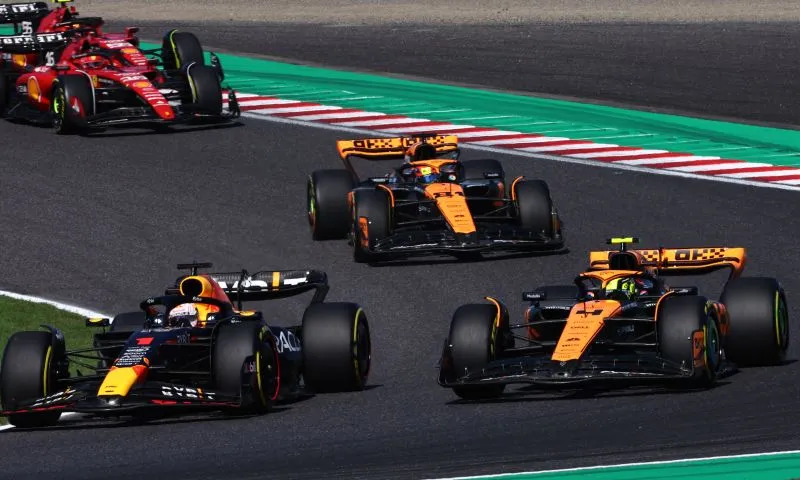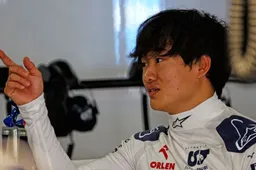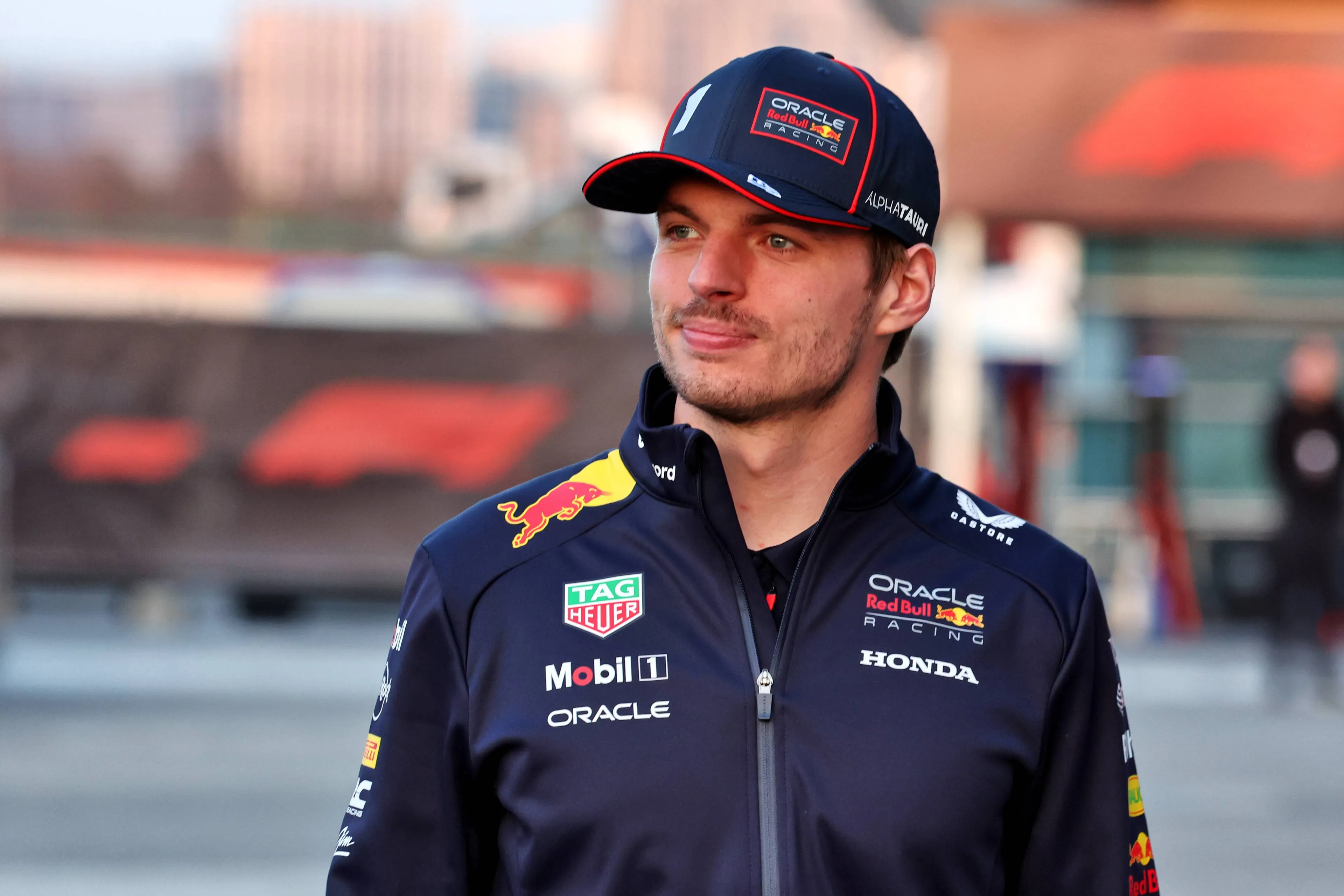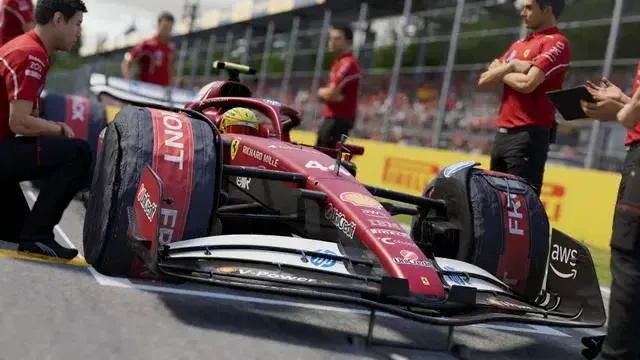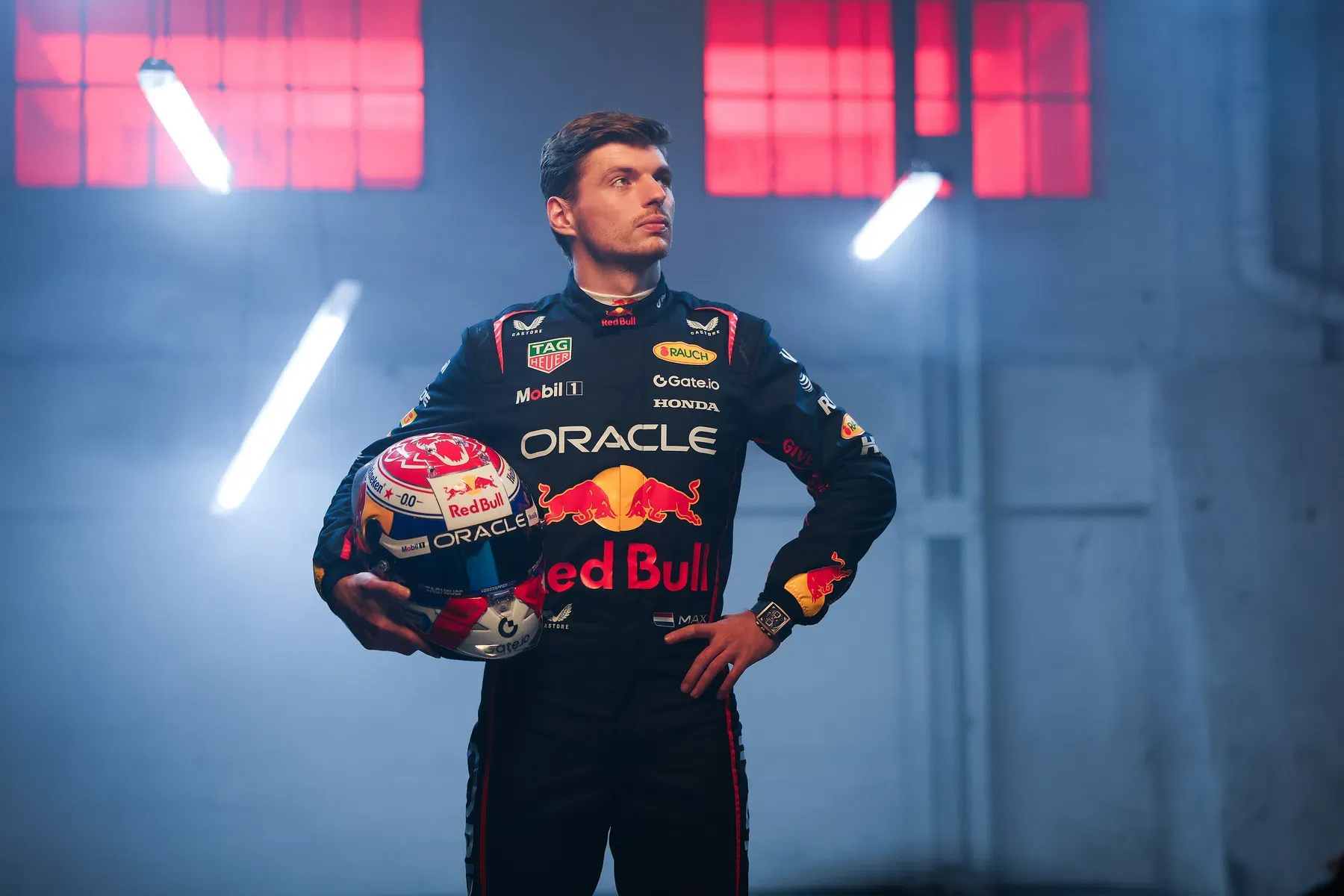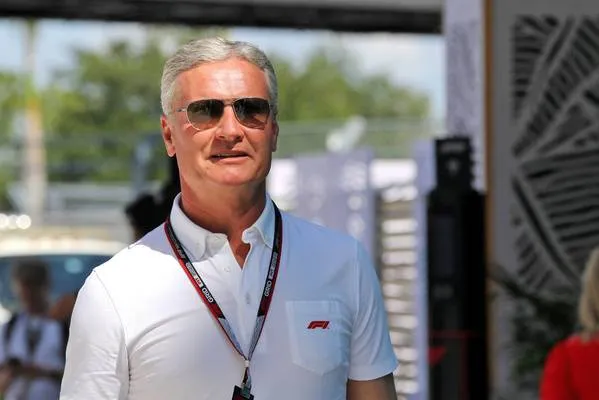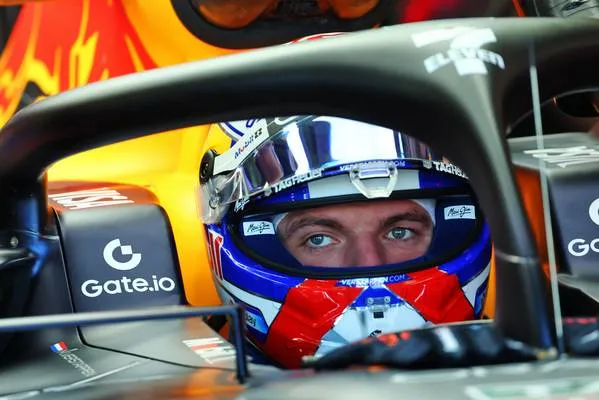Formula 1 is working increasingly emphatically towards a transition that is as interesting as it is uncertain. When the new regulations come into force in just over two years' time, the big question will be which team has interpreted them best. Meanwhile, drivers need to start being convinced to sign a contract with a particular team. Obviously, nobody wants to drive at the back, so as a team owner, how do you get your desired driver in for 2026 and beyond in the near future?
Following in the footsteps of Max Verstappen - his contract at Red Bull Racing runs until mid-2028 - Oscar Piastri last weekend committed his future to a team for the period after Formula 1's sweeping chassis and engine changes. Apparently, the Australian is confident that McLaren (although the team officially does not yet have an engine supplier for 2026 and beyond) is competitive in the longer term.
Hamilton set the example
Whether that will actually be the case is written in the stars. In Formula 1, a major rule change has always caused the existing ranking of teams to be shaken up. Think back to 2012, for example, when Lewis Hamilton announced he was swapping McLaren - with whom he captured a world title - for the next season for the then modest Mercedes. The outside world was dumbfounded: 'Why on earth is Hamilton making that move?'
In the end, it turned out to be Hamilton's masterstroke: in the Briton's first year, Mercedes made the move from a team in the middle of the pack to a top team - from spot five to two in the constructors' championship. Then, in 2014, Hamilton captured his first of six world titles with the German manufacturer. McLaren, meanwhile, was no longer a shadow of its former top team. So that was well judged by Hamilton, who had become especially convinced by the story of Niki Lauda (Mercedes adviser) and Ross Brawn (team boss). They had given a vista of how strong Mercedes was going to be in the following years.
Formula 1 faces a turning point
Formula 1 faces another such turning point after the 2025 season. Which team is top in '26 and which team falls back? Can Red Bull Racing, for example, maintain its current leading position when it first starts racing with an in-house developed power unit? In any case, Max Verstappen is convinced that his team will continue to compete at the top, otherwise a contract until the end of 2028 would not be declared.
"Look, there's no crystal ball for 2026," says Christian Horner, Red Bull team boss. "Who knows who's going to be competitive? It's going to be completely new chassis regulations, completely new aerodynamic philosophy, the chassis is going to play a key role. The engine is going to play a key role with the split between electrification and combustion and fuel is going to play a key role in that as well. For us, starting from scratch, it's our biggest risk and it's our biggest opportunity. It's going to be an interesting journey and I'm sure all the engine manufacturers are working incredibly hard. We've got new manufacturers coming in in Audi as well. It is a significantly different challenge to the current set of PU regulations."
Red Bull already has its main asset on board, so the team does not need to convince its star driver of the Red Bull Powertrains project. In contrast, Aston Martin does not yet have anyone committed for 2026 and beyond. Fernando Alonso is already 44 years old at the start of the '26 season, the question is whether he will still want to drive F1 then. In any case, much will depend on Aston Martin's pitch: what are the options, in collaboration with new engine supplier Honda?
'Money not the main driver'
" I think these days, just opening a wallet of money is not an argument anymore," argues Mike Krack, Aston Martin's team boss. "Well, it is an argument, definitely, but the drivers these days, and especially the management, they're asking many more questions than just this. I think the power unit is playing a substantial role, but I think also the track record and also I think the current status is always playing a role and is factored in. I think the whole convincing bit is much more difficult because there's only a few top drivers or the drivers that everybody wants to have. You have to have a proper set of presentation and arguments ready to convince them [to sign with you]," the Luxembourger believes.
Read more about:
Popular on GPBlog

1
McLaren makes key move by bringing in experienced team principal
626 times read
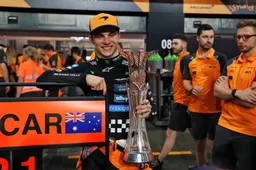
2
Stella thankful it was Hamilton Piastri made daring move on: 'Very fair competitor'
594 times read
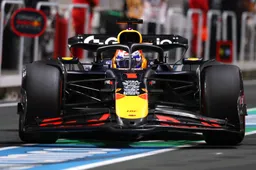
3
'Red Bull are the much more fun team; Mercedes are more professional'
579 times read
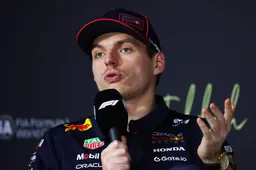
4
'Russell and Antonelli are a safer bet to Verstappen, and a lot cheaper too'
536 times read
